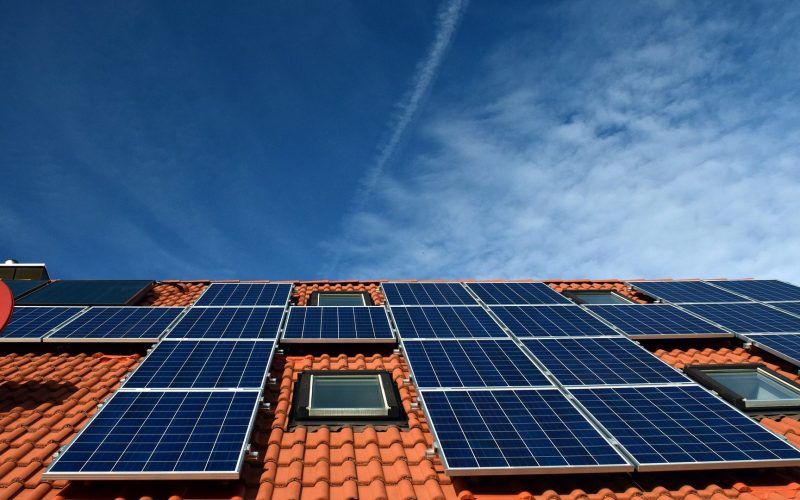THE VOICE FOR THE ENERGY CONSUMER

CEA’s Brydon Ross examines Arizona’s solar energy incentives and how solar can be more accessible. Solar power has become a force partly because the prices for installation nationally have declined.

Darrin Kelly, president of the Allegheny/Fayette Central Labor Council, and Mike Butler, Mid-Atlantic director for the Consumer Energy Alliance, talk about the economic opportunities being created for families across the.

Consumer Energy Alliance recently hosted Energy Secretary Perry at the Future of Electricity Forum. “Today’s consumers have more choices, more information, more say on their energy sources than ever before,”.

Building and maintaining critical energy infrastructure, like Line 5, is necessary to prevent Michigan’s families and farmers from seeing increases in their energy bills while creating new employment opportunities. Devin.

Energy News and Stories This Week: Nov. 19th – 25th Energy is the bedrock of modern existence. It influences world economies and family budgets alike. Given its societal significance, we.

Constraints on critical energy infrastructure, like pipelines, are not just preventing new investment in states like Texas, but they are also causing employment opportunities to slow. While the Permian has.

Small Business Saturday is a brilliant initiative that has helped the growth of small businesses all over the country. The idea started out as a way to help local businesses,.

Kevin Doyle, Executive Director of CEA Florida, talks about the necessity of supporting the energy needs of Floridians by ensuring a diverse, affordable supply of energy that is sustainable produced..

The Grand Canyon State, as its name suggests, is home to some of the most well-known American landmarks in the southwest – from the saguaros speckled landscape in Phoenix to.

CEA’s Chris Ventura had the opportunity to talk with Joel about Thanksgiving gas prices and how production in Ohio and surrounding states is allowing motorists to pay less than the.